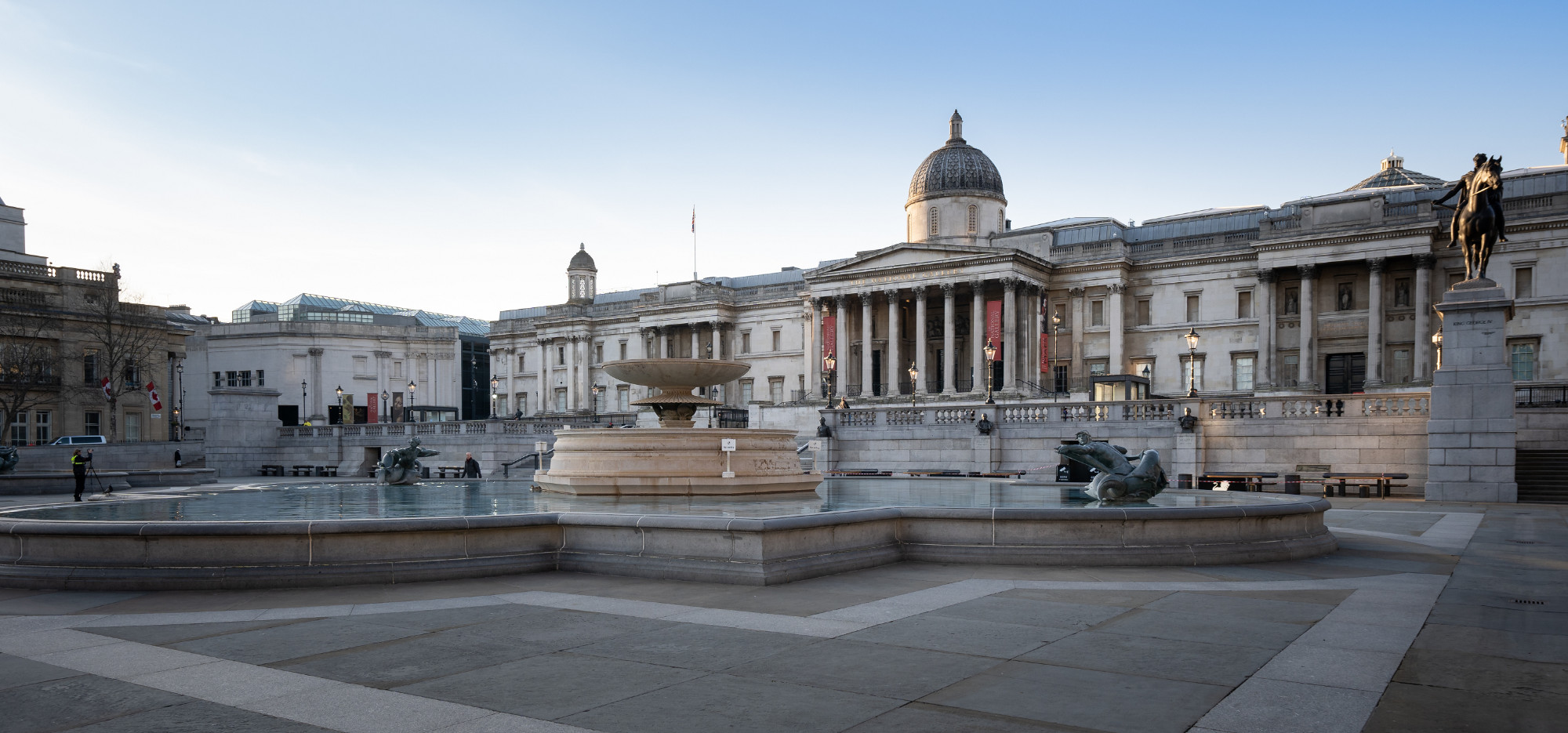All roads lead to other roads: a dizzying complexity of cables, rail and road networks have literally girdled the earth, making us better connected than ever before. A hundred years ago it took twenty days to travel by steamship from London to Mumbai, now it takes nine hours by plane.
Subject to lockdown restrictions, you can cross the English Channel in two hours by ferry (plus three more waiting for the driver in front to get back to his cab), or else zip through the Tunnel in 30 minutes; and the electrons that carry your Internet messages travel at 2,200 Km a second, which is probably why Zoom is doing so well at the moment.
But none of this happened by accident: it was all planned, built and delivered to meet economic demand…except, of course, the electron, which does what it does by itself. Economic progress is everywhere driven by connectivity.
And that’s where Big Government comes in: periodic swings in the private funding cycles needed to build all those airports, roads and railways are increasingly being offset by government deficit spending programmes (or quantitative easing as it’s now known: the deficit’s more attractive, younger sister). Only big government is big enough to dampen regular (and inevitable) private sector investment fluctuations, which is why most advanced economies over the last forty years have set fiscal spending targets of up to 20% of GDP.
Nothing less will level out the swings and troughs, and without it the roads, railways and airports won’t get built at all…the Channel Tunnel started out as a private venture, ran out of money and finished up nationalised in all but name. Without Big Government you wouldn’t be able to zip under the Channel …you’d be stuck behind a lorry at Dover.
It’s a lesson India has taken to heart.
Connectivity boosts Indian real estate. How?
Over the next ten years the subcontinent is expected to invest a staggering $715 Billion in its new rail networks, with full electrification expected by 2024 and the entire system becoming carbon neutral by 2030 (www.ibef.org/industry/indian-railways).
By 2050 India’s railways will comprise 40% of rail services across the world, meeting a surge in passenger numbers driven by an increasingly wealthy travelling public. All of this is being powered by Big Government (Prime Minister Modi’s Government to be precise): including a programme to expand investment in new rail terminals, new stations and more extensive container operations across the subcontinent (www.outlookindia.com).
And the picture is pretty much the same on India’s highways where the network has doubled in size (from 71,000 Km to 142,000 Km) in the last ten years. As with rail, the expansion is being driven at pace to meet unprecedented levels of demand from a burgeoning and increasingly wealthy population, in stark contrast with the United Kingdom where road traffic levels have increased by 80% over the last twenty years, but capacity has risen by a sluggish 10% annually: and even that unimpressive figure is falling off year by year.
All of which means India is now better connected than ever before; and in combination with those same (unprecedented) demographic trends on the subcontinent, enhanced connectivity is also having a radical impact on India’s domestic housing markets. New Science parks in Chennai and Bangalore and new railways and highways in Mumbai are pushing prices through the roof as an increasingly urbanised population embraces the opportunities offered by better communication systems.
The improvements to connectivity boosts Indian real estate. So with all roads leading to other roads, it means we’re better connected than ever before…but nowhere is that more apparent at the moment than India.
Invest in Red Ribbon Asset Management
Red Ribbon is committed to identifying and building on investment opportunities that are fully in compliance with its core Planet, People, Profit policy: not only offering above market rate returns for investors but also protecting our Natural Capital through innovative programmes like the Eco Hotels Project.
Executive Overview
I suppose it’s a truism that property values are all about location (and location, location): but what’s interesting in India at the moment is just how radically the location itself is changing.
Taken together with an increasingly wealthy, tech savvy and burgeoning population, the Modi Government’s radical infrastructure programmes are re-shaping the commercial environment and pushing property prices higher than ever before.




